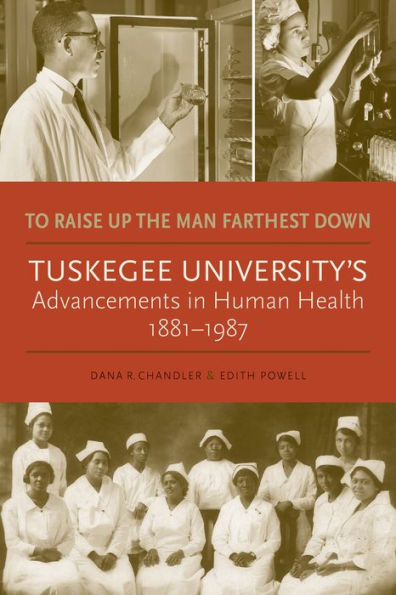5
1

To Raise Up the Man Farthest Down: Tuskegee University's Advancements in Human Health, 1881-1987
216
To Raise Up the Man Farthest Down: Tuskegee University's Advancements in Human Health, 1881-1987
216Hardcover(3rd ed.)
$39.95
39.95
In Stock

Product Details
| ISBN-13: | 9780817319892 |
|---|---|
| Publisher: | University of Alabama Press |
| Publication date: | 07/10/2018 |
| Edition description: | 3rd ed. |
| Pages: | 216 |
| Product dimensions: | 6.10(w) x 9.00(h) x 1.00(d) |
| Age Range: | 12 - 18 Years |
About the Author
From the B&N Reads Blog
